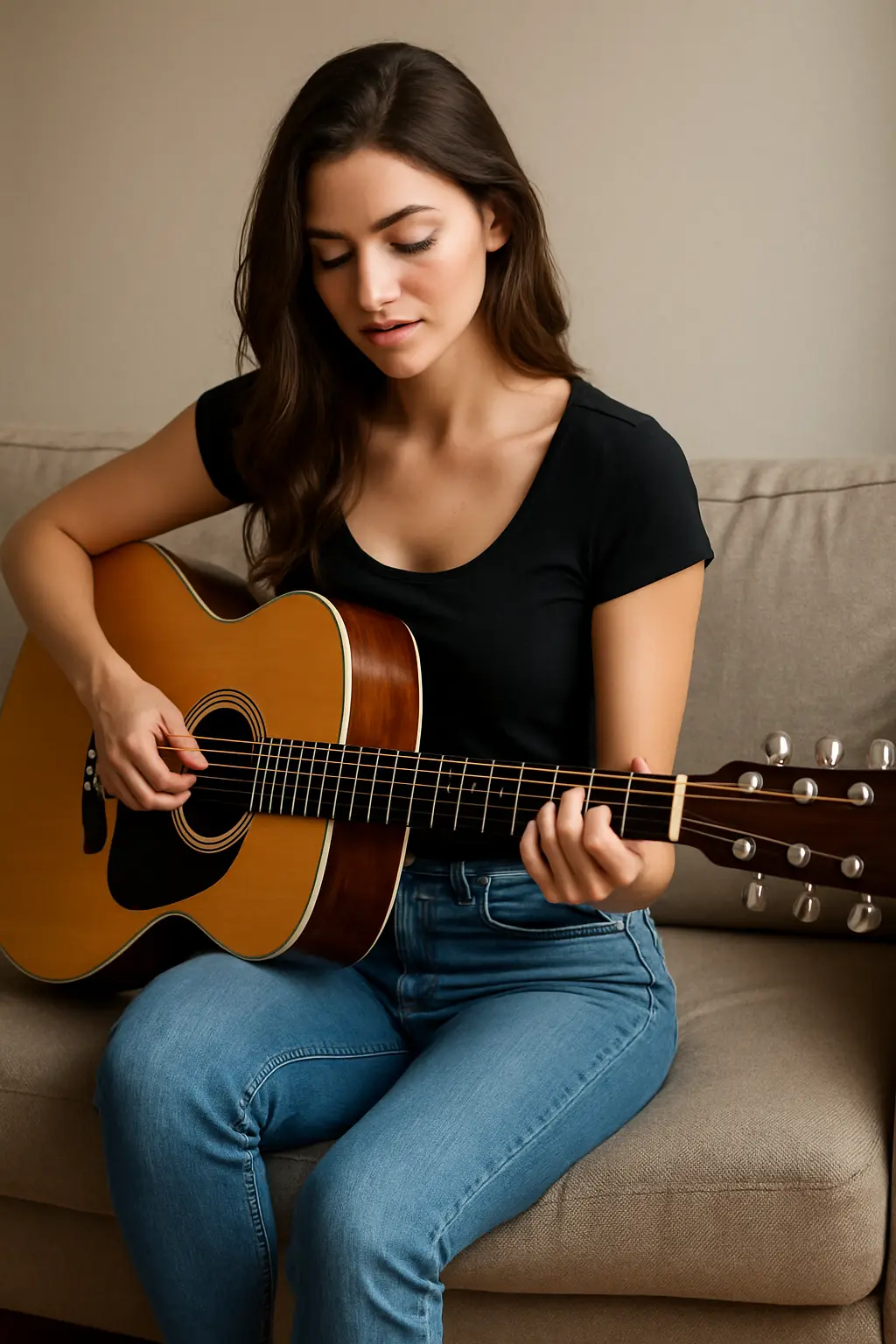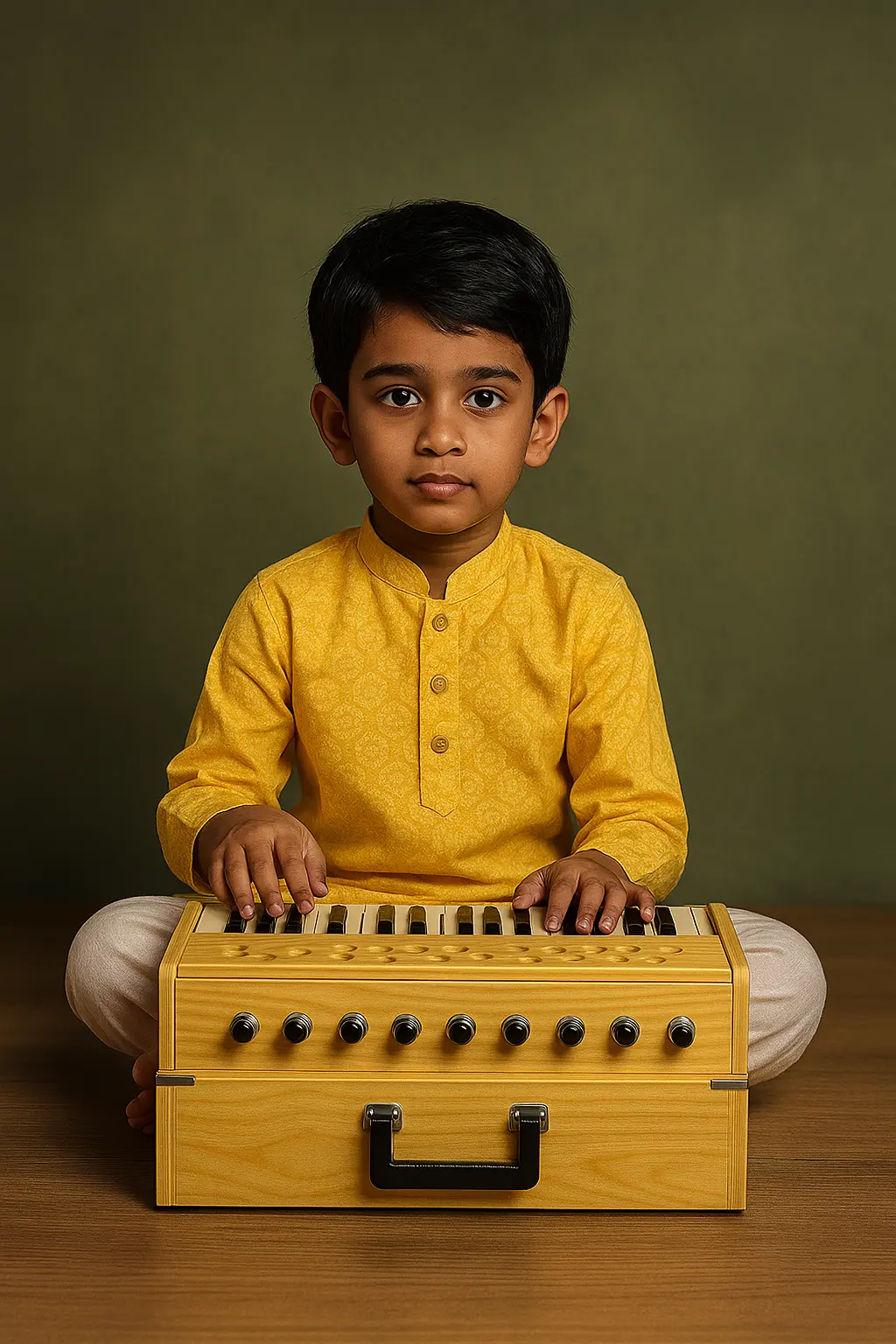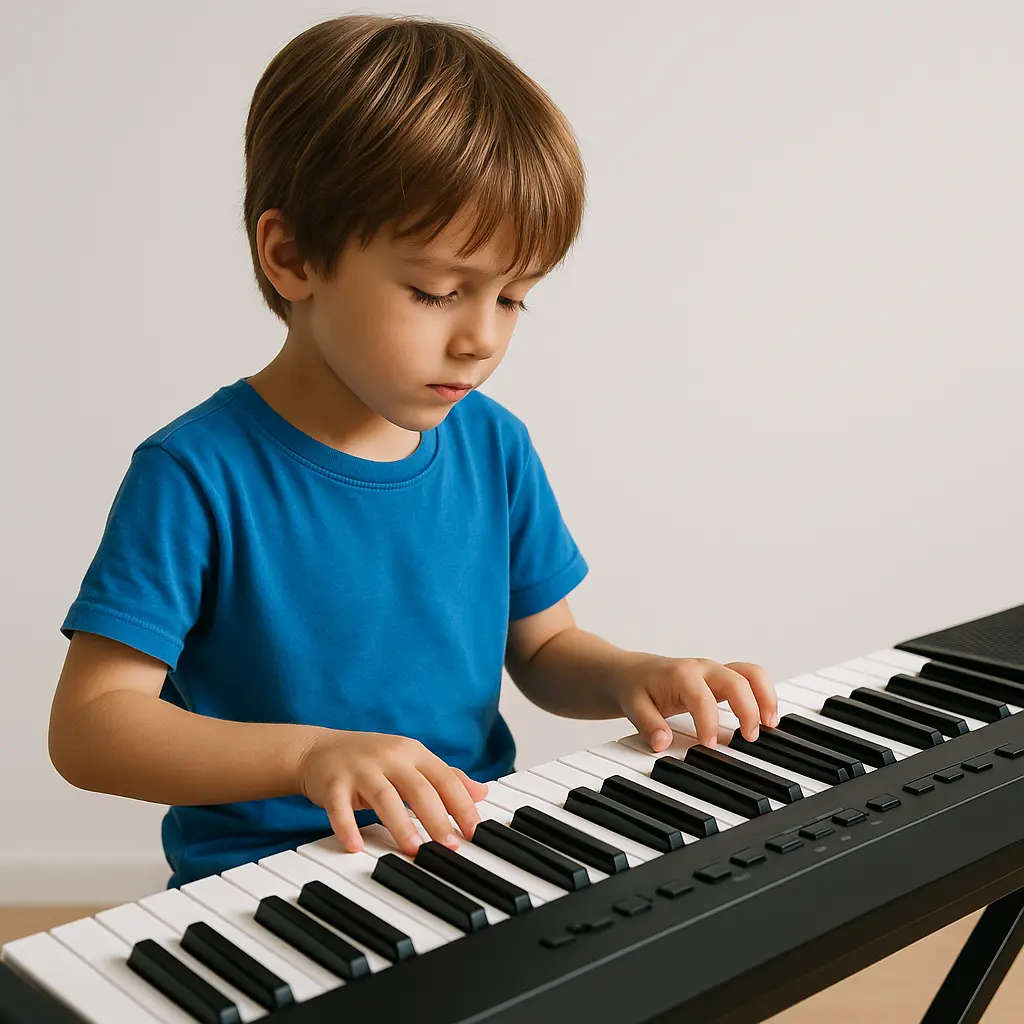Music is a universal language. No matter where we are, music has the power to connect hearts, cultures, and souls. After 35 years of performing, teaching, and exploring Indian classical music, I have learned that the future of music lies in sharing it globally—collaborating, innovating, and reaching audiences beyond borders.
One shining example is the legendary tabla maestro, Zakir Hussain. He didn’t limit the tabla to Indian audiences alone. Instead, he collaborated with musicians worldwide, creating jugalbandis that mesmerized listeners from New York to Tokyo. By taking the tabla into new contexts, he introduced Indian rhythm to a global stage and showed that traditional music can resonate universally.
Similarly, the renowned violinist, Sharath Shivastava, brings together musicians from multiple countries, blending their unique styles into unforgettable performances. These collaborations produce fresh, exciting, and highly engaging music—exactly what audiences everywhere crave. From my experience, people are always looking for something new, and cross-cultural musical projects provide exactly that.
So, how can musicians expand their music globally? Here are a few key lessons from my journey:
-
Embrace Collaboration
Don’t shy away from experimenting with unfamiliar instruments or styles. Each collaboration is an opportunity to learn, innovate, and create something entirely new. -
Use Digital Platforms
Today, sharing music globally is easier than ever. Platforms like YouTube, Instagram, Spotify, and online music apps allow artists to connect, collaborate, and reach worldwide audiences without leaving home. -
Learn a Common Language
While music speaks for itself, communication between collaborators is crucial. English has become the most common language for international projects, making planning, rehearsals, and creation smoother. -
Share Your Story
Audiences love context. Sharing the story behind your music, your creative process, and cultural insights makes performances more relatable and memorable. Short tutorials, blogs, or behind-the-scenes clips enhance connection. -
Stay True to Your Roots
Innovation is important, but authenticity is essential. Maintain the integrity of your tradition while experimenting. Audiences instantly recognize sincerity in music.
From my perspective, global collaborations not only elevate the music but also the musicians. They broaden audiences, increase engagement, and introduce the richness of Indian classical music to listeners who might never experience it otherwise. With today’s technology, creating a virtual ensemble is easier than ever. Musicians can record, rehearse, and perform together online, transcending borders while combining diverse styles.
Ultimately, expanding music globally is about openness—to learning, experimenting, and connecting. Each musician has a unique voice, and when these voices blend across cultures, the result is magic. Audiences worldwide are hungry for diversity, and collaborative music satisfies this desire like nothing else.
Sharing music internationally is not just about fame or revenue; it is about contributing to a global cultural dialogue. By bringing Indian classical instruments and styles into collaboration with international artists, we enrich the world of music, inspire new generations, and celebrate the beauty of diversity.
After 35 years in music, my advice is simple: connect, collaborate, and create. With passion, authenticity, and the courage to reach out beyond borders, every musician can be part of a global symphony—uniting people through the universal power of music.
https://www.deckm.in/blog/blog-1/how-to-set-up-a-home-recording-studio-42


